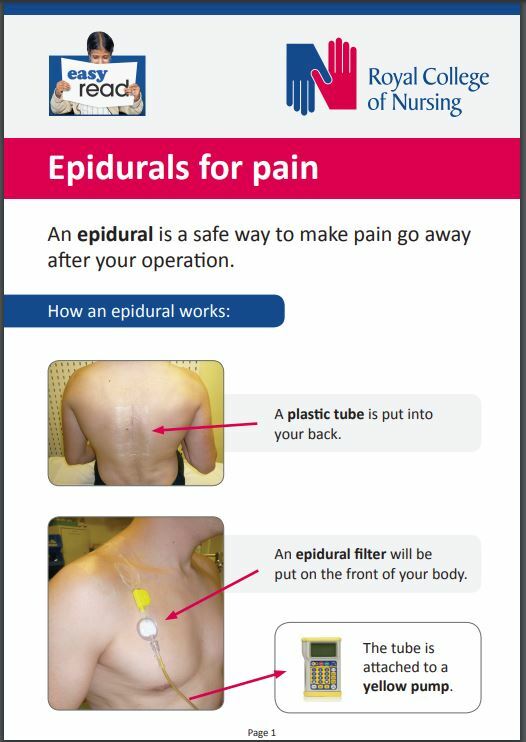

However, one of the most common things people experience after an epidural is short-term back pain.

Temporary loss of control of bladder and bowels.Damage to a blood vessel, hematomas, or clots.Infections, including an epidural abscess, discitis, osteomyelitis, or meningitis.Severe headaches caused by spinal fluid leakage.Some common risks you should discuss before opting for an epidural include: Side Effects from EpiduralsĮpidurals are a low-risk procedure, but they can come with some risks, especially for those with certain existing conditions. Epidural steroid injections can result in temporary, long-term, or permanent pain relief.

The steroid then coats the irritated nerve or nerves that are causing pain, working to reduce swelling and giving the nerves time to heal. Instead of anesthetic medication, a steroid or corticosteroid is injected into the epidural space around your spine. Depending on the type of drug used, the concentration of that drug, and the dosage, an epidural can provide either temporary pain relief or a temporary complete loss of feeling.Įpidural steroid injections work slightly differently, as they are aimed at managing chronic pain rather than temporary uses. The epidural anesthetic works by temporarily numbing the spinal nerves, in turn blocking pain signals in certain regions of your body, depending on where along your spine the provider injected the epidural. For example, if you are injured, the nerve in that area of your body is designed to send a pain signal through your spinal cord to your brain and your back. The spinal cord is so important because it connects the nerves located all over your body to the brain. This space is filled with fluid and surrounds the spinal cord, acting like a liquid sleeve to protect the critical spinal cord. How Do Epidurals Work?Įpidural anesthesia injections work by injecting medication into the epidural space that surrounds the spine, stopping pain signals from traveling to the brain from the spine. While the most common use of epidurals is for labor-related pain relief, epidural injections using steroids are also often used by back pain specialists to manage pain. The use of pain relief during labor focuses on the lower half of the body.Įpidurals are considered a form of local anesthesia because they are administered while the patient is awake and are centered on a certain area of the body. Depending on the reason for the procedure, this medicine can be either an anesthetic or a steroid, but in both cases, the goal is to provide pain relief or numbness to a particular region of the body. What Is an Epidural?Īn epidural is a procedure that involves injecting a medication into the space around your spinal nerves, known as the epidural space. Read on to learn what you need to know about back pain after an epidural, why it happens, and what you can do to ease the symptoms. But some people do report back pain that persists for days, weeks, or even months after the medication wears off. The analgesia is the most commonly used pain relief for laboring women, offering a numbing effect, and is generally a safe and effective option. When you think about pain relief during labor and delivery, epidurals are the first thing that come to mind.


 0 kommentar(er)
0 kommentar(er)
